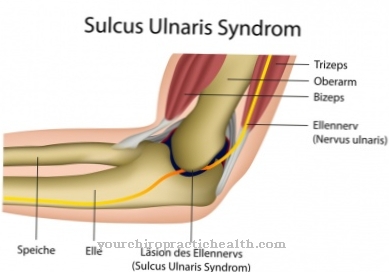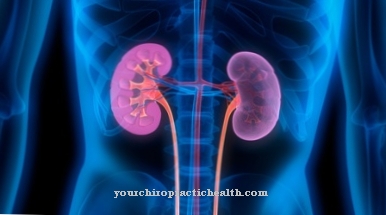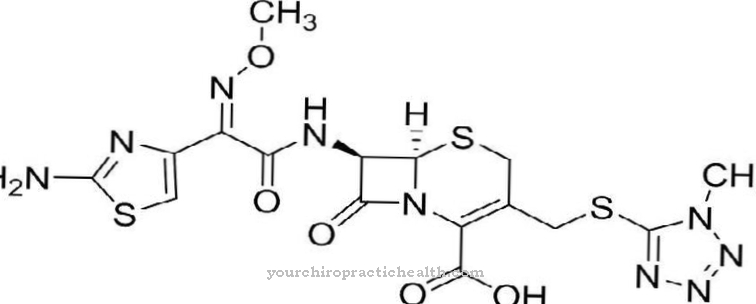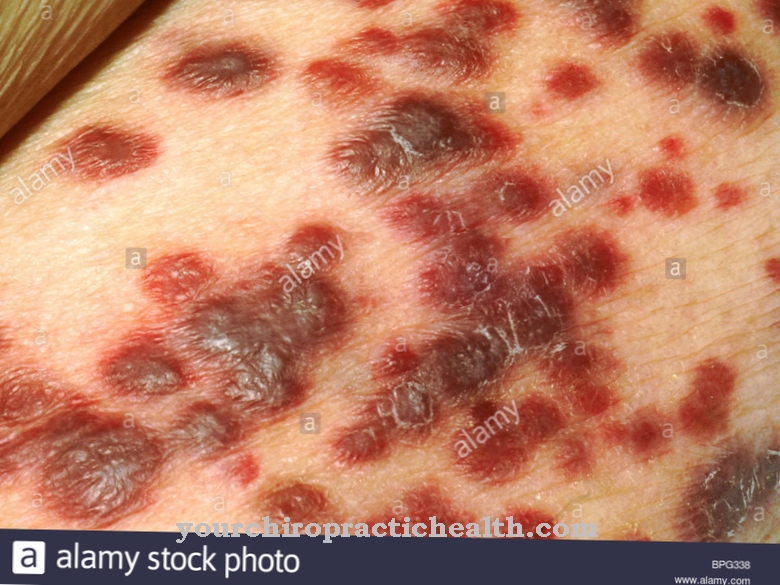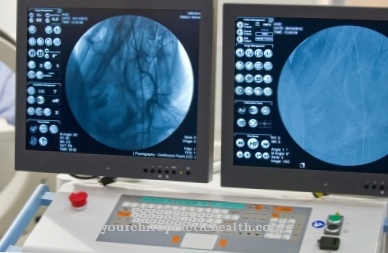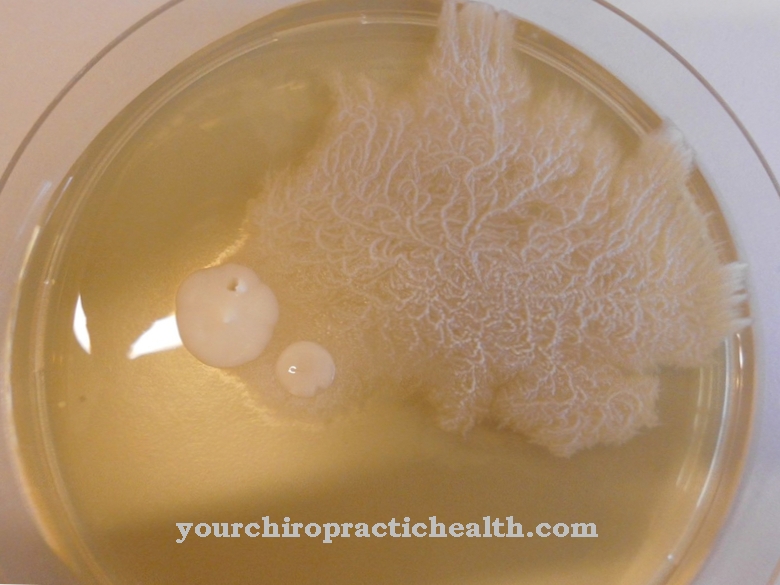At a Hypogammaglobulinaemia it is a clinical picture that belongs to the group of so-called primary immune defects. A characteristic of this specific immune defect is that it is determined by a lack of antibodies. Basically, hypogammaglobulinaemias are diseases in which gammaglobulins, especially immunoglobulins, are completely absent.
What is hypogammaglobulinaemia?

© Birgit Reitz-Hofmann - stock.adobe.com
The term Hypogammaglobulinaemia is predominantly used as a synonym for the designation Agammaglobulinaemia used. The only difference is that in hypogammaglobulinaemia the gamma fraction is reduced, while in agammaglobulinaemia it does not exist at all.
Observations have shown that a large proportion of agammaglobulinaemias are basically hypoglobulinaemias. However, in most cases this difference is not of clinical relevance. On the other hand, hypogammaglobulinaemia is differentiated from dysgammaglobulinaemia, which is far more common.
Both hypogammaglobulinaemia and dysgammaglobulinaemia occur in a variety of immunodeficiencies, such as WHIM syndrome, ICOS deficiency, CVID and hyper-IgM syndrome. Hypogammaglobulinaemia is also possible as an accompanying symptom. In general, antibody deficiency diseases such as hypogammaglobulinemia are the most common immunodeficiencies.
causes
In principle, all antibody deficiency diseases, including hypogammaglobulinemia, are based on a reduced production of antibodies. The medical name for antibodies is immunoglobulins. These are endogenous proteins that are used to defend against special microorganisms.
A basic distinction is made between congenital, so-called primary hypogammaglobulinaemia and, on the other hand, acquired or secondary hypogammaglobulinaemia. Secondary hypogammaglobulinaemia can be caused by certain diseases, such as malignant or malignant diseases. These are often related to the system that is responsible for blood formation.
For physiological reasons, hypogammaglobulinaemia occurs in babies from the second to the sixth month. During this period of time, the infant's organism replaces the antibodies that were taken up in the uterus by the mother and that it produced against itself. During this period, the likelihood of serious bacterial infections is increased.
A special and also relatively common form of hypogammaglobulinaemia is the so-called selective IgA deficiency. In some antibody deficiency diseases, such as agammaglobulinaemia, genetic causes are also involved in the development of the disease.
Symptoms, ailments & signs
As part of hypogammaglobulinaemia, affected patients can experience a variety of different symptoms and complaints. A dreaded complication when carrying out vaccinations is a lack of response to the vaccine antigens.
In addition, in many cases the disease leads to an increased susceptibility to bacterial infections. The resulting infections often affect the upper respiratory tract, the gastrointestinal tract and the skin. In a number of syndromes, hypogammaglobulinaemia is also the main feature.
Mental retardation is sometimes associated with X-linked hypogammaglobulinaemia and neurological deficits. X-linked hypogammaglobulinaemia can also occur in some cases with short stature, which occurs as a result of an isolated deficiency in growth hormones. The disease is also part of the osteopetrosis – hypogammaglobulinemia syndrome.
Antibody deficiency diseases, which include hypogammaglobulinaemia, differ fundamentally on the basis of the severity and severity of the symptoms. The diseases usually have in common that the patients suffer from recurring infections. These primarily affect the sinuses and ears, for example in the form of an otitis media.
Conjunctivitis occurs more frequently in the eyes, while purulent rhinitis appears on the nose. The bronchi are often affected by bronchitis and pneumonia can occur in the lungs. Recurring infections in the lungs can lead to chronic changes in the organ.
The bronchi widen, making it easier for pus to collect. Frequent infections of the gastrointestinal tract can lead to diarrhea. In addition, autoimmune reactions are possible in which the immune system attacks the body's own substances and tissues.
Diagnosis & course of disease
In order to diagnose hypogammaglobulinaemia, it is essential for the affected person to consult an appropriate specialist doctor. This first discusses the patient's medical history, possible pre-existing illnesses and the individual lifestyle with the patient. The symptoms described are of central importance as they provide information on the extent of hypogammaglobulinaemia.
Blood tests are necessary to reliably diagnose an antibody deficiency. Antibodies can be detected in the blood and can be precisely quantified. In addition, the deficiency of a single subgroup of antibodies can be precisely determined. An analysis of so-called specific antibodies, which are directed against specific pathogens and components of blood groups, must also be carried out.
Complications
Due to the hypogammaglobulinaemia, the person affected is usually sick relatively often and often affected by infections and inflammations. This mainly results in infections of the respiratory tract, leading to breathing difficulties or pneumonia. In the worst case, this can be fatal for the patient.
Furthermore, it can also lead to stomach discomfort. In many cases, the patients suffer from a reduced intelligence and from a retardation, so that they are dependent on the help of other people in everyday life. It is not uncommon for hypogammaglobulinemia to lead to short stature. As the disease progresses, there is also inflammation in the nasal cavities or in the middle ear.
The constant infections and inflammations can also have a negative effect on the psychological state of the patient and lead to a reduced quality of life. The stomach complaints often lead to diarrhea or pain in the abdominal area. As a rule, there is no permanent cure for hypogammaglobulinaemia.
The treatment is therefore carried out with the help of infusions and medication and can limit the symptoms for a short period of time. However, the affected person has to undergo the treatment several times. Life expectancy is usually reduced by hypogammaglobulinaemia.
When should you go to the doctor?
Since hypogammaglobulinemia does not self-heal and in most cases the disease progresses negatively, it is essential that the person concerned see a doctor. This will prevent further complications and complaints. A doctor's visit is necessary if the patient frequently suffers from infections and inflammations.
The respiratory tract in particular is affected by these infections, which can lead to severe breathing difficulties. Mental retardation is also often an indicator of hypogammaglobulinaemia and should be examined by a doctor. Discomfort in the eyes or frequent inflammation of the conjunctiva can also give an indication of the disease. The earlier the symptoms are examined, the higher the likelihood of a complete cure.
In most cases, hypogammaglobulinaemia can be diagnosed by a general practitioner or a pediatrician. For further treatment, however, the use of various specialists is necessary to alleviate the symptoms of hypogammaglobulinaemia. An early diagnosis does not usually lead to a reduced life expectancy.
Doctors & therapists in your area
Treatment & Therapy
So far, there are no known ways of curing antibody deficiency in general and hypogammaglobulinemia in particular in the long term. However, affected patients can receive a replacement for the immunoglobulin G. This is the main component of antibodies. For this purpose, special antibodies are filtered from the blood of plasma donors.
After the antibodies have undergone intensive purification, they are administered to the subjects either intravenously or subcutaneously by regular injection. In most cases, recurring infections can be contained well through this supply of antibodies.
You can find your medication here
➔ Medicines to strengthen the defense and immune systemprevention
Concrete measures to prevent hypogammaglobulinaemia are not yet known. In addition, the disease also has a genetic component that cannot be influenced. It is all the more important to consult a doctor immediately if there are signs or symptoms of the disease.
Aftercare
In most cases of hypogammaglobulinaemia, there are no special follow-up options available. Those affected should contact a doctor at the first symptoms and signs of the disease so that early treatment can be initiated. Complete healing is not possible.
If there is a desire to have children, genetic testing and counseling can also be provided for hypogammaglobulinaemia. This may prevent the disease from recurring in the descendants. Those affected are usually dependent on taking various medications. The doctor's instructions should always be followed, the correct dosage and regular intake should be observed.
If anything is unclear or if you have any questions, you should always consult your doctor first. Since a complete cure of the hypogammaglobulinemia is not possible, those affected are dependent on lifelong use of the medication. Further follow-up measures are usually not necessary. The disease also does not reduce the life expectancy of the person affected. However, the risk of infectious diseases is relatively high due to the disease, so that the person affected should protect himself particularly against them.
You can do that yourself
Since the lack of immunoglobulins makes up the state of hypogammaglobulinemia, self-help is primarily about strengthening and supporting your own immune system.
The risk of easy infection with infectious diseases is difficult to manage for many patients. But there are some precautions to take, the challenge is to avoid bacteria as much as possible. Hand cleaners, which are available in every drugstore, are suitable for this. A large part of the immune system resides in the gut, or depends on gut health. Probiotics and a healthy diet help keep the intestines fit. Wash fruit and vegetables, especially salads, particularly thoroughly. Wherever bacteria can grow, cleaning and washing is very important for hypogammaglobulinemia patients.
For many people with hypogammaglobulinemia, participating in support groups is helpful. Especially in the time after the diagnosis, the emotional support that is offered in groups is of great help. In the exchange of experiences, the individual measures to increase the quality of life and to combat hypogammaglobulinemia are exchanged. But patients and relatives can also find each other on online forums to exchange experiences and have the opportunity to alleviate individual symptoms with the support of others.

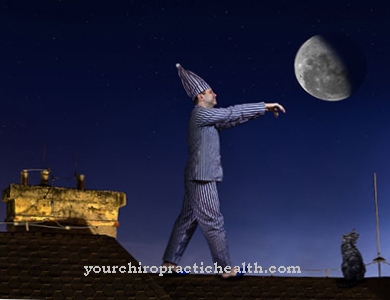
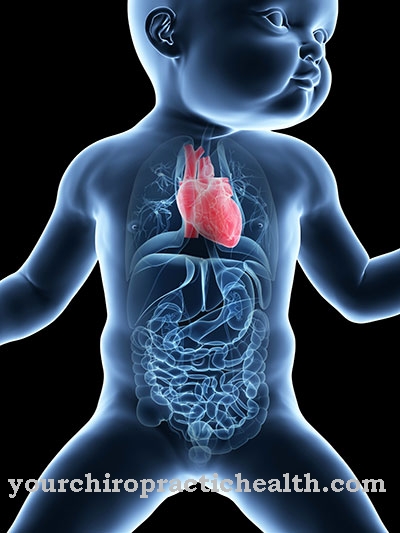

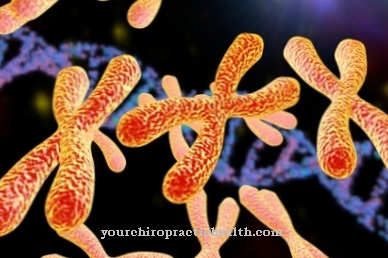
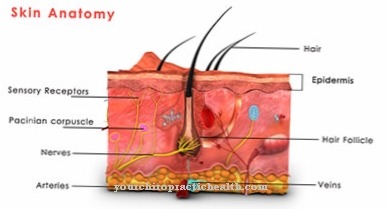
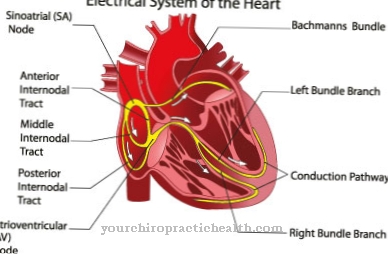





.jpg)

